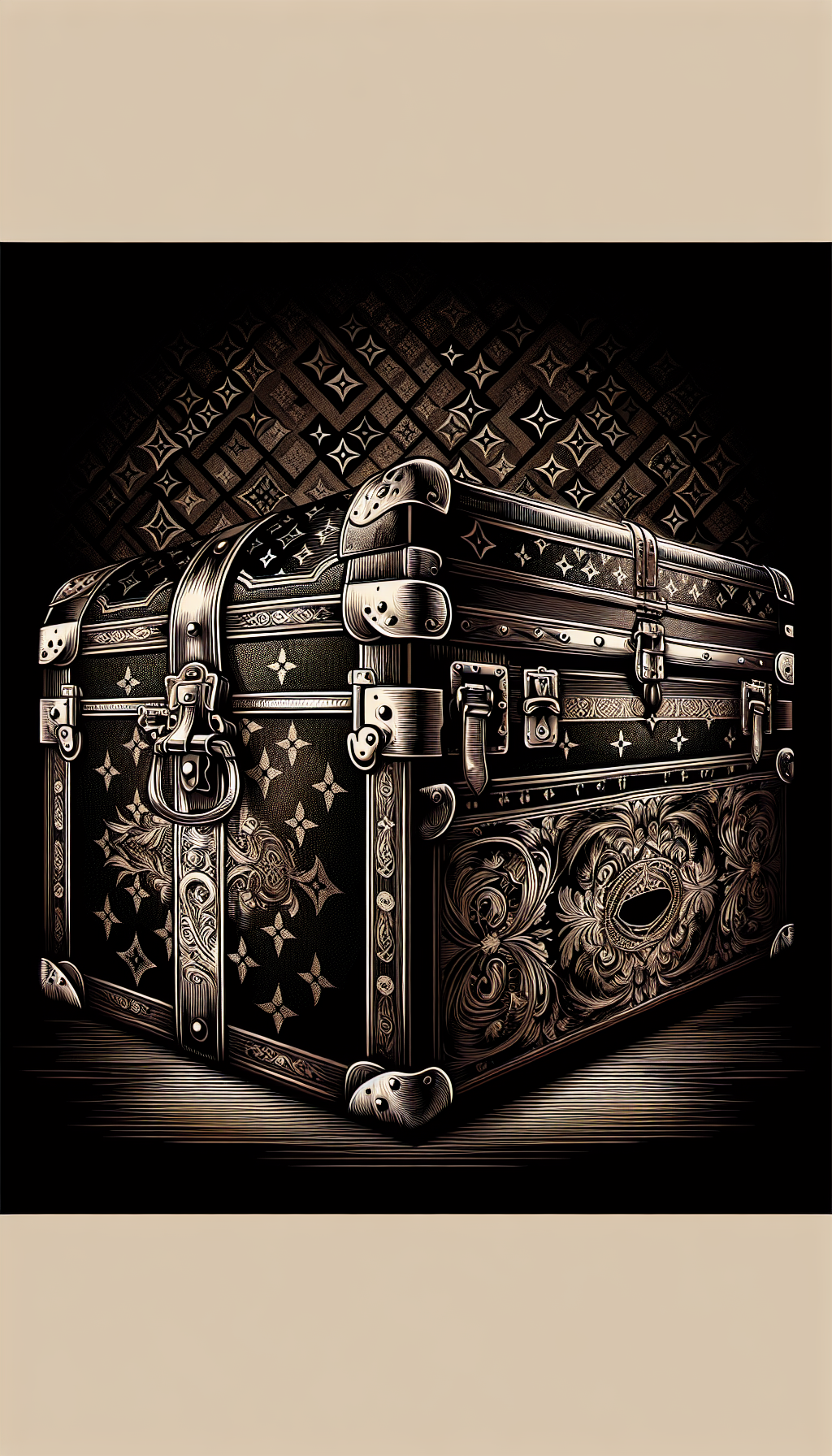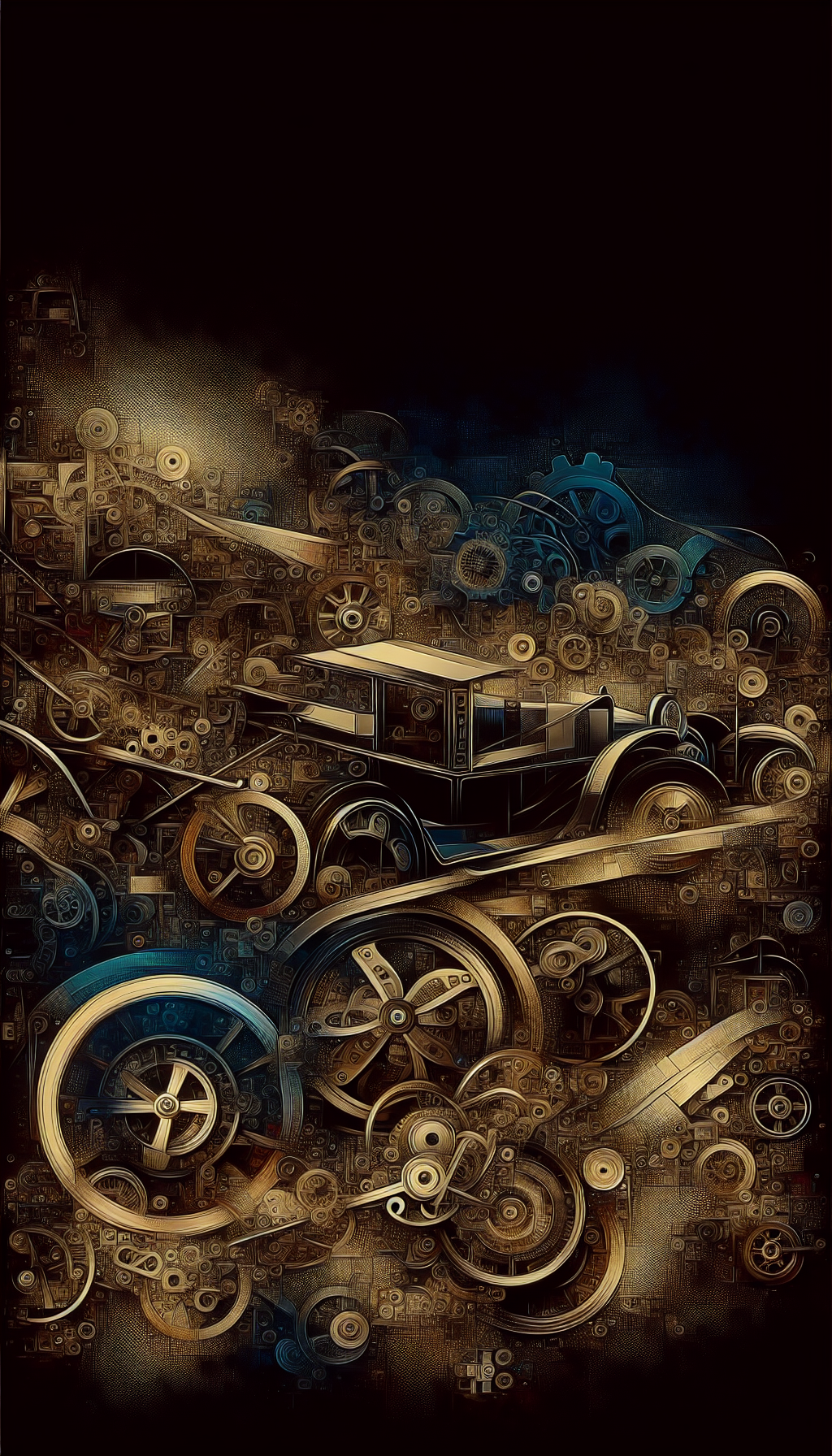Embellished Print By David Najar 1962 Israeli
Collectors often encounter listings that read “Embellished Print By David Najar 1962 Israeli.” If you own or are considering buying such a piece, it helps to know what the phrase means, how to confirm authenticity, what condition traits to check, and how market factors influence value. This guide provides an appraisal-minded overview tailored to David Najar’s work and the specific category of hand-embellished prints.
Understanding the title: artist, date, and medium
- Who is David Najar: David Najar (born 1962, Israel) is a contemporary painter known for luminous, idealized landscapes and seascapes—calm waters, sunset horizons, reflective shorelines, floral meadows, and stands of trees rendered with saturated color and a tranquil, contemplative mood. His work is widely distributed through galleries and large-scale retail channels.
- What “1962 Israeli” means: In most listings, “1962” refers to Najar’s birth year, not the date of the artwork. Misreading this as the creation date is a common cataloging error. If a date is present in the signature or verso inscription, it’s usually year of execution.
- Why embellished prints: Alongside original paintings, Najar’s market includes limited-edition prints—many of which are “embellished” by hand. These satisfy demand at lower price points than originals while adding tactile appeal and some uniqueness beyond a standard print.
In short, “Embellished Print By David Najar 1962 Israeli” typically signals a hand-worked limited edition by an Israeli artist born in 1962—not an artwork made in 1962.
What counts as an embellished print (medium and editions)
An embellished print is a hybrid: a fine-art print (commonly a giclée) that the artist or studio enhances with hand-applied media.
Key characteristics you’re likely to see with David Najar’s embellished prints:
- Printing process: High-resolution giclée (inkjet) on canvas is the most common. Less frequently, giclées on paper occur; serigraphs exist in the broader market but are far less typical for Najar’s embellished editions.
- Embellishment materials: Clear gel medium, acrylic paint, or textured varnish added selectively to highlights—glints on water, cloud edges, floral accents, or the leaf canopies of trees. The embellishment creates genuine, raised texture that catches light.
- Edition structure: Usually signed and numbered limited editions (e.g., 95, 195, or 295). You may encounter AP (Artist’s Proof), PP (Printer’s Proof), or HC (Hors Commerce) designations; these often have smaller numbers and sometimes slightly higher desirability for collectors. Embellished editions are often smaller than regular editions.
- Signatures and numbering: Pencil or paint pen signature at lower right, edition number at lower left (e.g., 45/195). Some publishers use “SN” for standard signed-and-numbered editions. The signature is hand-applied, not printed.
- Certificates and labels: A certificate of authenticity (COA) is typical, sometimes with a hologram or serial number. The verso (back) of the canvas may have a publisher’s stamp or label, and occasionally a title or medium notation.
Embellishment depth varies from subtle (thin, selective highlights) to heavy (palette-knife textures with noticeable relief). Heavier, nuanced handwork generally commands more interest.
Identification and authentication guide
If you’re confirming a David Najar embellished print, proceed step-by-step:
- Confirm the medium
- Canvas vs. paper: Canvas giclées have a visible weave; paper prints should show paper fibers and margins (unless matted). Many embellished Najar prints are on stretched canvas—sometimes gallery-wrapped.
- Look for texture: Raking light (angled light) reveals raised brush or gel ridges. If the “texture” looks identical everywhere, it may be only a printed canvas texture rather than handwork.
- Examine signature and edition marks
- Signature: Expect “Najar” in graphite, paint pen, or ink, typically at lower right. Under magnification, a hand signature shows slight pressure variations and edges that sit atop the print; a printed signature has halftone dots or uniform edges.
- Edition number: At lower left, e.g., “37/195.” Notations like AP, PP, or HC may accompany or replace a standard edition number. Ensure the numbering matches any COA and verso label.
- Date: If present next to the signature, it indicates execution date. Do not assume “1962” is an artwork date.
- Check publisher marks and COA
- COA consistency: The artist name, title, medium (e.g., “embellished giclée on canvas”), and edition size should align across COA, invoice, labels, and the artwork itself.
- Hologram/serial: If present, verify matching numbers on the COA and the artwork’s verso label or stretcher.
- Visual congruence with Najar’s style
- Subject matter: Tranquil horizons, reflective water, groves of trees, florals in fields, dramatic sunsets. Color palettes tend toward luminous blues, aquas, golds, and sunset oranges.
- Brush logic: Embellishment should “make sense,” following highlights rather than random noodling. Inconsistent or careless overlays can indicate post-factory alterations.
- Provenance and paperwork
- Keep invoices, gallery receipts, cruise-auction paperwork, emails, and shipping documents. Consistent paperwork strengthens authenticity and ease of resale.
- If paperwork is missing, consolidate evidence: high-resolution photos of signature/edition/verso, measurements, and provenance narrative.
- Red flags
- No tactile embellishment despite the label “embellished.”
- Edition number or title that doesn’t match the COA or verso label.
- Sloppy overpainting that covers the edition number or signature.
- Excessive pixelation visible under magnification (poor source file or unauthorized print).
- Suspiciously low prices without documentation.
If uncertainty remains, consult a qualified appraiser familiar with contemporary limited editions or request a verification letter from the original selling gallery/publisher when possible.
Condition, conservation, and display
Condition significantly affects value. Focus on the following:
Common condition issues on embellished canvas prints
- Embellishment cracks: Thick gel or acrylic ridges can develop hairline cracks from flexing, rolling, or impact. Avoid rolling embellished canvases; ship flat or boxed on stretcher.
- Surface scuffs and rubs: High points of texture scuff easily if pressed against packing or frame liners. Check for gloss changes and abraded peaks.
- Varnish irregularities: Uneven sheen, drips, or yellowing can occur. Note whether the finish is factory-applied varnish or later additions.
- Stretcher wear: Corner stress, warping, or slack canvas. Look for “ghost” lines where stretcher bars contact the canvas (bar marks).
- Environmental impact: Nicotine film, dust, or UV fading (more of a concern for paper prints, but all art should avoid direct sun).
Handling and care
- Cleaning: Dust with a soft, dry microfiber cloth or clean artist’s brush. Do not use solvents, commercial cleaners, or water. For stubborn grime, consult a conservator.
- Framing: For canvas, a floating frame protects edges from knocks. For paper, use archival mats and UV-filtering glazing; avoid direct contact between embellishment and glass/acrylic.
- Display: Keep away from sunlight, heat sources, and high humidity. Aim for stable indoor climate conditions.
- Shipping: Use corner protectors, wrap with Tyvek or acid-free tissue, then bubble wrap and a rigid box/crate. Never place tape on painted or varnished surfaces. Avoid rolling embellished works unless advised by a conservator.
Documenting condition
- Photograph front, back, signature, edition number, labels, and close-ups of any flaws in bright, even light. Record exact measurements (image and overall). Clear documentation supports accurate appraisal and future resale.
Valuation and the secondary market
Value depends on a matrix of factors rather than a single trait. Consider the following when appraising an embellished David Najar print:
Primary value drivers
- Edition type and size: Smaller editions or AP/PP/HC designations can be more desirable. Embellished editions typically rank above standard (non-embellished) giclées.
- Subject and palette: Iconic Najar themes—serene horizons, reflective waters, golden sunsets, and richly colored tree lines—tend to attract more bids than atypical subjects.
- Embellishment quality: Thoughtful, layered handwork that enhances light and depth is preferred over minimal or perfunctory embellishment.
- Size: Larger canvases typically achieve stronger results, all else equal.
- Condition: Flawless surfaces and crisp framing matter. Visible scuffs or cracks reduce price expectations, especially in online auctions where photos drive buyer confidence.
- Provenance and completeness: Matching COA, original invoice, and publisher labels help. A well-documented chain of ownership supports value.
- Market venue and timing: Price varies by platform (retail gallery vs. online auction vs. local sale). Seasonal demand and artist marketing activity can also influence outcomes.
Understanding price contexts
- Retail vs. resale: Gallery retail values for embellished giclées are set with overhead and services in mind; secondary-market prices can be markedly lower. Replacement-value appraisals (for insurance) also differ from fair-market value (FMV) used for private resale or auction.
- Comparable sales: Identify true comparables—same medium (embellished giclée on canvas), similar size, similar subject, and similar edition type. Adjust for condition, framing, and documentation.
- Typical ranges: While prices fluctuate by title and venue, embellished Najar prints often trade on the secondary market in the low-to-mid hundreds to low thousands of USD. Especially desirable subjects, larger formats, scarce edition types, and impeccable condition can reach higher; works with damage or weak provenance trend lower. Always prioritize current comparables over anecdotal claims.
Selling strategies
- Provide excellent photography and complete data: title, medium, edition info, size, signature close-ups, COA details, and condition notes. Buyers reward transparency.
- Choose the right venue: A contemporary art auction with an audience for limited editions, a reputable online marketplace, or a gallery on consignment can all work. Match the piece’s tier to the platform’s buyer base.
- Mind fees and logistics: Include shipping costs, consignment splits, and timelines in your net expectations.
Quick checklist for owners and buyers
- Verify medium: Confirm embellished giclée on canvas (or paper). Use raking light to see raised handwork.
- Match marks: Check hand signature (lower right) and edition number (lower left) against the COA and verso labels.
- Confirm edition type: SN, AP, PP, HC, and total edition size. Scarcer types may be more desirable.
- Assess condition: Look for cracks in embellishment, scuffs on texture peaks, varnish issues, stretcher wear, and UV exposure.
- Document thoroughly: Front/back photos, signature, edition, labels, dimensions, provenance paperwork.
- Compare comps: Seek recent sales of similar size, subject, and edition type. Adjust for condition and completeness.
- Protect and present: Use appropriate framing, avoid direct sunlight, and handle textured areas carefully. Ship flat or boxed on stretcher—avoid rolling.
- Clarify the date: Treat “1962” as the artist’s birth year unless a date near the signature indicates otherwise.
FAQ
Q: Is an embellished print the same as an original painting? A: No. An embellished print starts as a fine-art print (often giclée) that receives hand-applied media. It’s more tactile and unique than a standard print but distinct from a wholly original painting executed entirely by hand.
Q: How can I tell if the embellishment is real? A: Use raking light to spot raised gel or paint ridges. Under magnification, you should see brush or knife strokes sitting on top of the printed surface. Printed “texture” lacks true relief and looks uniform.
Q: What does AP or PP mean on my edition? A: AP is Artist’s Proof and PP is Printer’s Proof. These proofs are typically limited in number and can carry a slight premium depending on demand. Ensure the COA and labels confirm the proof type.
Q: Can I roll an embellished canvas to save on shipping? A: Avoid rolling. The raised embellishment can crack or imprint. Ship on stretcher with adequate padding and a rigid box/crate, or consult a professional art shipper.
Q: Does framing affect value? A: A high-quality frame improves presentation and salability but is usually a modest contributor to value compared with subject, edition, condition, and documentation. For paper works, archival framing with UV glazing protects the piece and supports value retention.
By understanding how embellished editions are made, reading the physical and documentary signs of authenticity, carefully evaluating condition, and grounding expectations in current comparables, you can confidently assess a work labeled “Embellished Print By David Najar 1962 Israeli” and make informed acquisition or sale decisions.



